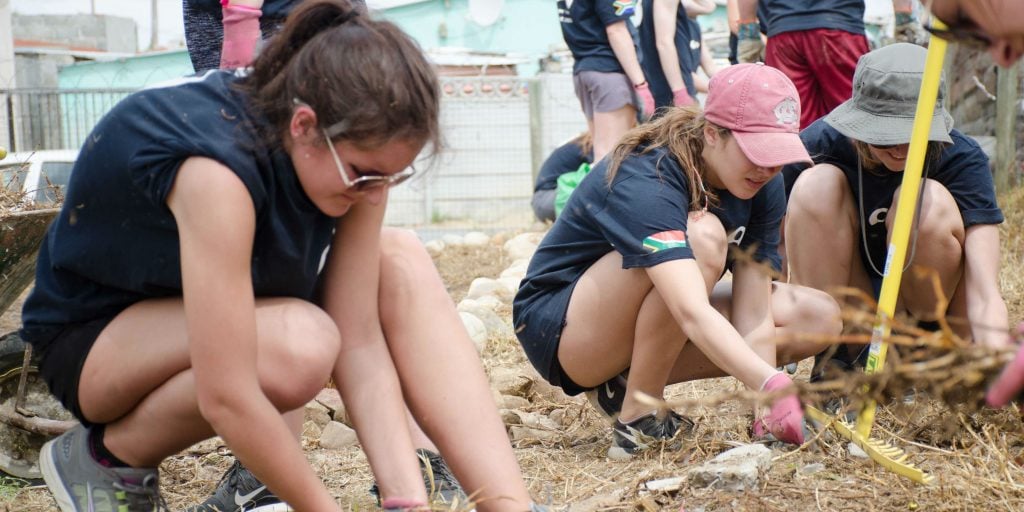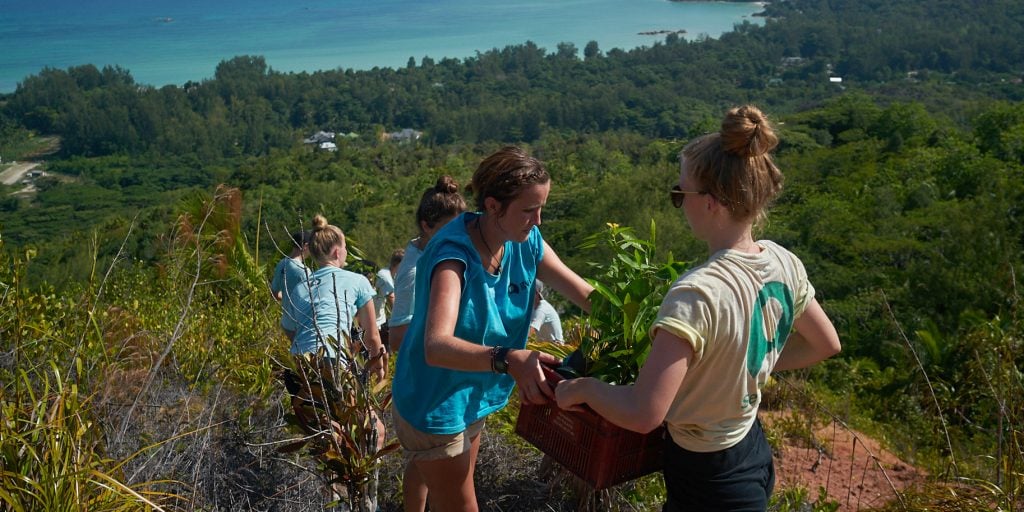Excited to take a gap year after high school and break from studying? Not only does this mean you get to change up your routines but you can also find adventure and purpose.
GVI
Posted: April 20, 2023

Posted: July 1, 2020
The best international service-learning programs provide ample opportunity to learn in meaningful ways, and to use what’s learned to make a positive global impact. But what exactly is the aim of service-learning?
The most effective service-learning programs include three key elements. There are opportunities to:
And these core elements of service-learning focus on achieving five of the most important educational outcomes. Let’s take a closer look at what they are and why they’re important.

Service-learning is an educational technique that connects real-world context with curriculum-based learning. A service-learning experience is an opportunity to gain a deeper understanding of learning materials, and see how theory is implemented in a community abroad.
Service-learning activities speak to a wide range of learning objectives – like women’s empowerment, marine conservation, childhood education and wildlife conservation. It emphasises the importance of continuous education, gaining a broader global perspective, and understanding how to translate theory into action.
After participating in this type of volunteer opportunity, students should be able to explain to others what service-learning is about, with an understanding of why it is beneficial for personal and professional growth.
If we all improve our understanding of and contribution to sustainable development, we’ll be making a positive impact where we live, as well as globally.
Sustainable development means implementing solutions to local and global challenges in a way that conserves resources and ensures that future generations have access to these resources.
After years of research and collaboration, the United Nations (UN) developed and launched the UN Sustainable Development Goals (UN SDGs) to highlight that sustainable development was the best way forward in every situation.

The best service-learning programs are centred on sustainability, teaching students about the UN SDGs and how they’re translated into sustainable development projects, and how sustainability makes a positive impact globally and locally.
This not only adds to a student’s education, but encourages more people to focus on sustainability and get involved in activities that work towards achieving the UN SDGs.
Students will spend a good portion of their service-learning experience involved in activities that help them to gain perspective on their place in the global community.
Throughout a service-learning program, supervisors and program leaders encourage students to actively participate – by interacting with other members of the group as well as local community members – embracing their roles as global citizens.
Service-learning trips also assist students in understanding the difference between long and short-term development goals and what role they play in these different types of activities.
In this way, students gain an appreciation for the positive contribution they can make as a member of the global community, and how building on their education means that they can make a bigger impact.

Daily educational activities are the basis of service-learning programs. These give students the opportunity to develop professionally and personally throughout their service-learning trip.
Students can find out more about themselves while they take part in work that is challenging and rewarding. Daily reflection sessions will allow them to consider what they’ve achieved for the day and engage in assessing and adjusting their actions.
And given the hands-on approach of projects, they’ll develop and refine both their hard skills – like being able to plan and implement projects, or create marketing material – and soft skills, like problem-solving and people skills.
While students will benefit personally from these outcomes, these types of experiences make service-learning trips an excellent way to improve on their employability.
Not many opportunities offer the same learning experience as a service-learning trip abroad. And this is particularly true when it comes to getting opportunities to put theory into practice in meaningful ways.
Because service-learning programs look to address the needs of the local community, volunteers will learn to become flexible and work towards developing and implementing sustainable solutions. There is ample opportunity to act on what you’ve learnt, evaluate your impact, and adapt your approach within a real-world context.

This means being able to practise, and become confident in, the wide variety of skills you’ll pick up while on a service-learning trip.
The end result is a student that’s keen on learning, appreciative of how real-world experience develops skills, and able to effectively engage in activities that make a positive impact.
The benefits of service-learning trips are gained when students take part in well-structured programs that allow for them to achieve the five main learning outcomes. While learning objectives provide a road map; working with a reputable and ethical organisation will allow students to benefit from service-learning in the best ways possible.
Take a look at GVI’s multi-award-winning international service-learning programs and get started on a meaningful journey of professional and personal development.
Excited to take a gap year after high school and break from studying? Not only does this mean you get to change up your routines but you can also find adventure and purpose.
GVI
Posted: April 20, 2023